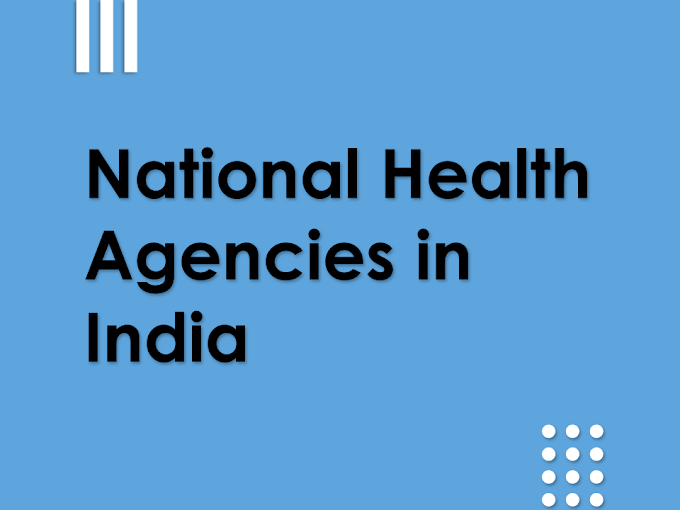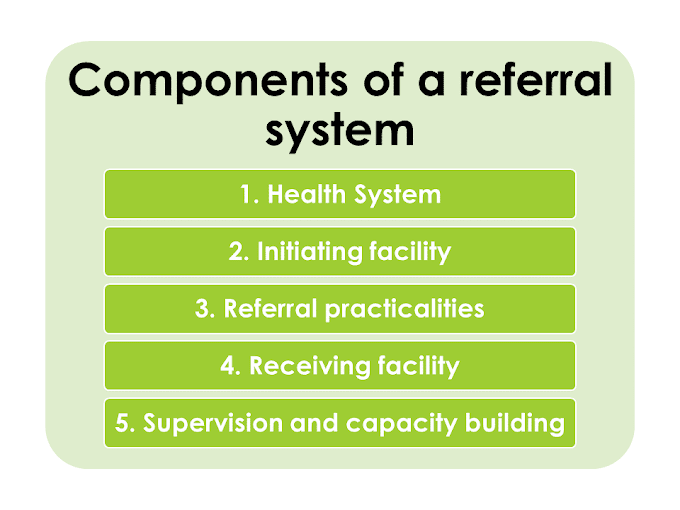Definition of Infection
Infection is the invasion of an organism's in body tissues by disease causing agents, their multiplication, and the reaction of host tissues to the infectious agents and the toxins they produce.
Definition of Nosocomial Infection
Nosocomial
infection is an infection acquired by a patient during hospital care which was
not present or incubating at the time of admission.
Nosocomial infection is also called hospital acquired infection.
Sources of Infection
The sources of infection can be divided into two main groups:
[A] Endogenous Source of Infection
- A source of infection is endogenous when the infectious agent comes from the patient's own body, usually from his own normal flora.
- Examples are the genera of staphylococci and streptococci which are normally found in the body, but can become pathogenic in certain circumstances.
[B] Exogenous Source of Infection
- The exogenous sources of infection introduce organism from any where outside to inside the body. Exogenous sources of infections can be either human, animal, or environmental in origin.
- Humans can be a source of infection in some cases, either when they are asymptomatically infected or when they are carriers.
Cycle of Infection Transmission
- Hand Washing.
- Create an infection control policy.
- Training staff for infection prevention.
- Use of personal protective devices like gloves, gowns, plastic apron, masks, face shields, and eye protection.
- Proper disposal of hospital biomedical hazards.
- Use of disinfectant.
- Sterilization of reusable equipment.
- Proper cleaning of floors.
- Safe injection practices.
- Respiratory hygiene / cough etiquette.






0 Comments